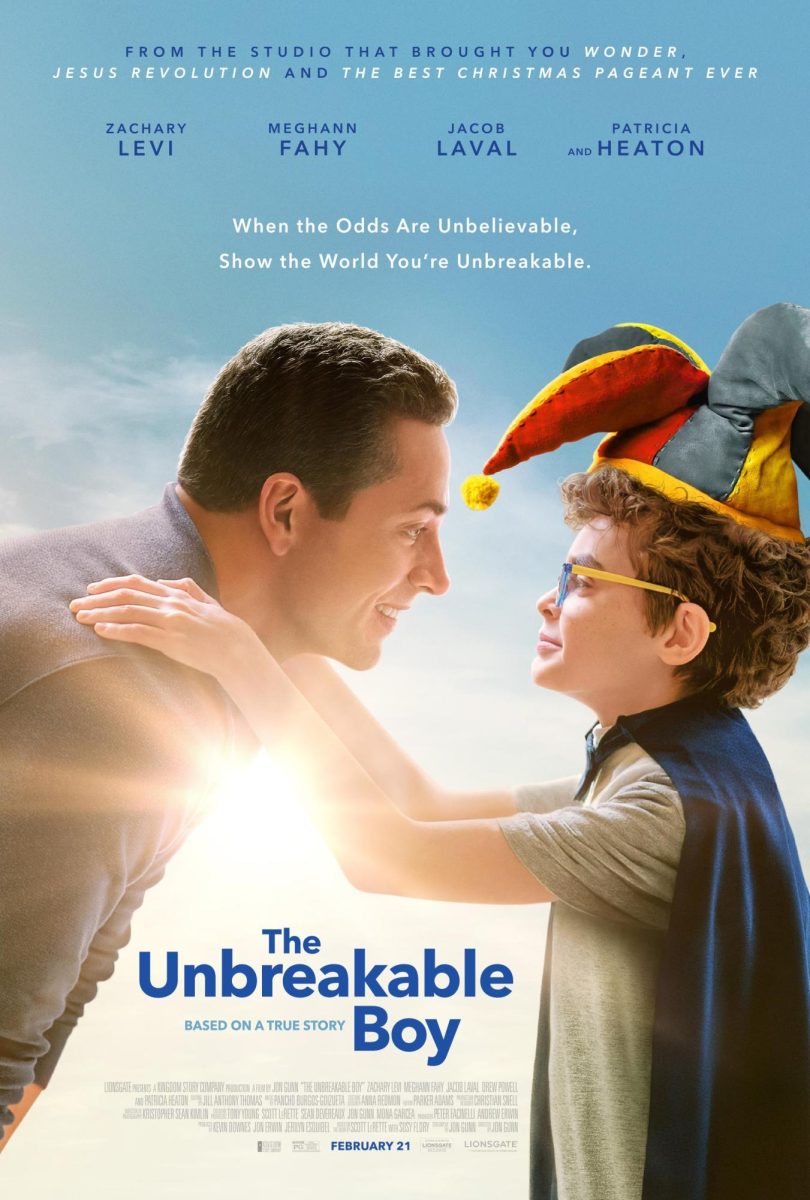“”I want to eat your sandwich.””
Replace “”sandwich”” with a cruder word, and you’d be the man who followed me through a Walmart parking lot last week. I wasn’t dressed provocatively. The area wasn’t dimly lit. People were nearby. But I was alone, carrying groceries and fumbling for my keys, when a stranger trailed me to my car and whispered what he wanted to do to me.
I ignored him. It’s not like this was my first encounter with a dirty old man. They stare, and sometimes say creepy things. But they’ve always kept their hands to themselves.
This makes me lucky. According to the Rape, Abuse & Incest National Network, in a year, about 213,000 people will be victimized; 80 percent are less than than 30 years old.
In an effort to combat the numbers, Vice President Joe Biden and Health and Human Services Secretary Kathleen Sebelius launched the “”Apps Against Abuse”” challenge on July 13. According to a press release, developers compete by creating a smartphone app that would allow users to designate and check in with emergency contacts in real time, particularly in “”at-risk situations.”” The winning app would also make resources for coping with dating violence and sexual assault readily accessible.
The app’s likely users would be female college students. In a survey by the Centers for Disease Control and Prevention, 10.6 percent of women reported forced sex at some time, and 20 to 25 percent of women reported an attempted or completed rape in college.
For an age group that’s always chasing the newest toys, a smartphone app is a logical choice. “”Apps Against Abuse”” is a commendable effort by the Obama administration to reduce the incidence of sexual assault on college campuses. But it’s only a start.
While a smartphone app is likely to be successful with a younger, tech-oriented generation, and we should take every opportunity to thwart sexual assault, “”Apps Against Abuse”” perpetuates an old-fashioned perspective on violence against women. The burden of prevention lies with the victim.
It is always up to the victim to recognize “”high risk”” situations and do something about it. This works in Walmart parking lots, but what about in situations when the attacker is someone familiar?
The CDC’s survey found that in the first rape experience of female victims, 30.4 percent of perpetrators were partners, and 23.7 percent were family. Another 20 percent were acquaintances. These were people the victim knew. An “”app against abuse”” for checking in during at-risk situations addresses who is raped, but not who rapes.
At its most intimate, it’s one person lording his power over someone perceived as weaker. Rape can be used as a weapon of war, and is recognized by the Geneva Convention as a crime against humanity. From international conflict zones to our own bedrooms, sexual assault is a struggle for power. But we continue to insist rape is a victim’s responsibility. And while an “”app against abuse”” can enable women to take preventative measures, it still has its shortcomings.
The root of the matter is not that women on college campuses need to check in with an emergency tag-team, but that we have to change the misogyny that drives sex crimes in the first place. Is there an app for that?
— Kristina Bui is the Summer Wildcat copy chief. She can be reached at
letters@wildcat.arizona.edu.








